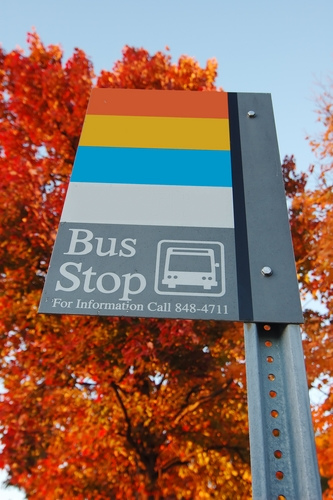 According to the EPA, 24 million children ride the bus to school each day, and each day those kids spend an average of an hour and a half on the bus each day. Unfortunately, the majority of those kids are exposed to diesel exhaust during their daily commute, and children who ride older buses are getting a double dose.
According to the EPA, 24 million children ride the bus to school each day, and each day those kids spend an average of an hour and a half on the bus each day. Unfortunately, the majority of those kids are exposed to diesel exhaust during their daily commute, and children who ride older buses are getting a double dose.
Exposure to diesel exhaust and emissions can contribute to a range of health problems, including asthma and other respiratory ailments and cancer, and children are more susceptible to air pollution than adults. Despite this information, many buses feature outdated, higher-polluting machinery and idle for unnecessary periods. However, the EPA is attempting to aid bus companies and schools in reducing diesel exhaust through their Clean School Bus USA program.
The program has three strategies to combat excess diesel emissions. Reducing idle time for buses decreases exhaust while saving fuel and wear and tear on bus engines. The EPA’s advice to reducing idle time includes a savings calculator, myths and facts about idling, and campaign information for school employees on reducing idle time in buses. In St Louis, it’s illegal for buses to idle for more than 10 minutes, although when I asked several bus drivers, they said they knew nothing about any such ordinance.
The EPA is also facilitating retrofitting of buses with technology that reduces emissions, such as diesel oxidation catalysts or diesel particulate matter filters. Today, approximately 20,000 of the estimated 400,000 school buses in the US have been retrofitted with this type of technology at a cost of $3.2 million. The EPA is also encouraging the use of cleaner-burning fuels, such as ultra-low sulfur diesel, emulsified diesel, or biodiesel.
Finally, the EPA is encouraging schools and bus companies to replace older vehicles with newer, cleaner vehicles. Approximately 1/3 of buses on the road today were manufactured before 199o, and these older buses can emit more that sixty times the amount of pollution than buses meeting 2007 emission standards. North Carolina-based non-profit Advanced Energy has created eleven plug-in hybrid school buses in an experimental program. The plug-in hybrids emit 90% less pollution than standard school buses. Because the buses are the first of their kind, the costs are high, but Advanced Energy hopes to expand the program to decrease costs. South Carolina schools using the hybrid buses are fueling them with biodiesel to reduce emissions even further.
Check out the EPA’s website to find more information on how to bring their Clean School Bus program to your school.
[This post was written by Kelli Best-Oliver]
We also use a school bus in the UK to save on the number of cars using the roads. I am unsure of any special programme to look at cleaning up the buses but will be contacting our local council to find out some more. Great article.